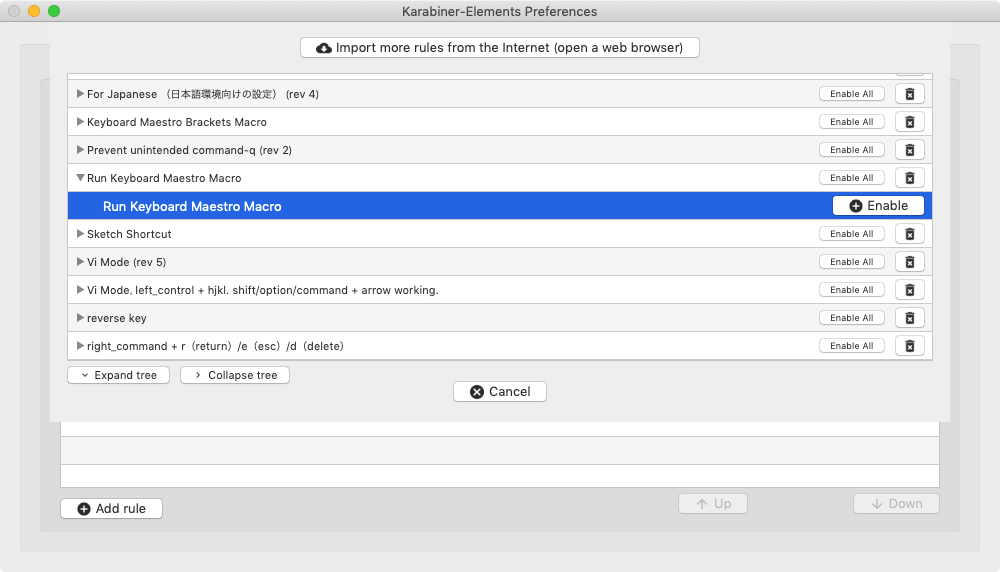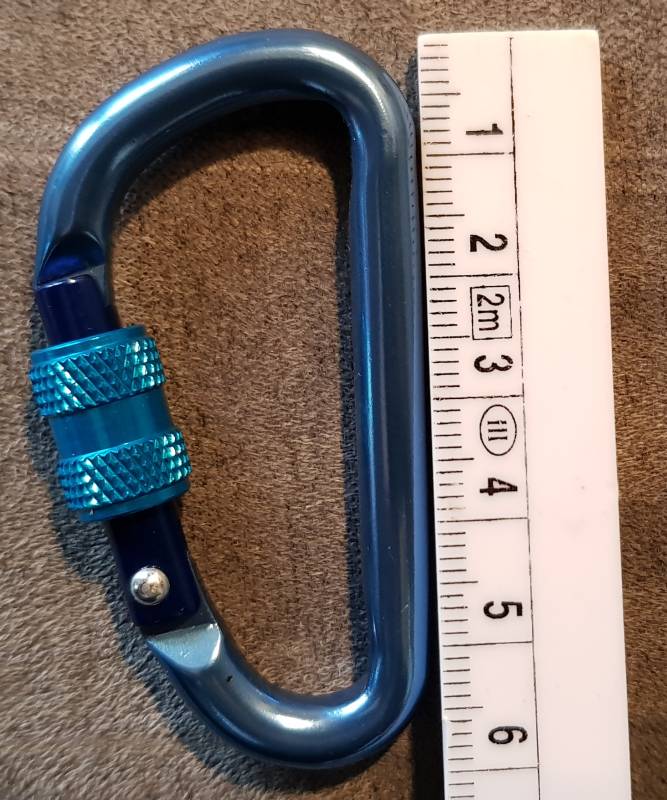

Spitzgescho heavy pointed bullet) ball bullets from 100 to 2,000 m (109 to 2,187 yd) in 100 m (109 yd) increments. Patrone cartridges loaded with 12.8 g (197 gr) s.S. These standard sight lines consisted of somewhat coarse aiming elements, making it suitable for rough field handling, aiming at distant area fire targets and low-light usage, but less suitable for precise aiming at distant or small point targets. Originally, the Karabiner 98k iron sight line had an open-pointed-post-type front sight, and a tangent-type rear sight with a V-shaped rear notch.įrom 1939 onwards the post front sight was hooded to reduce glare under unfavourable light conditions and add protection for the post. The Karabiner 98k rear tangent sight was flatter compared to and does not obstruct the view to the sides during aiming as the Langevisier (long sight). Such a thin black oxide layer provides only minimal protection against rust or corrosion, unless also treated with a water-displacing oil to reduce wetting and galvanic corrosion.įrom 1944 onwards phosphating Parkerizing was introduced as a more effective metal surface treatment. The joined rods from 3 rifles provided one full-length cleaning rod. This change made it easier to rapidly operate the bolt, reduced the amount the handle projected beyond the receiver, and enabled mounting of aiming optics directly above the receiver. The straight bolt handle found on the Gewehr 98 bolt was replaced by a turned-down bolt handle on the Karabiner 98k. Its internal magazine can be loaded with five 7.9257mm Mauser cartridges from a stripper clip or one-by-one. Patrone became the standard German service ball cartridge in the 1930s. Patrone, originally designed for long range machine gun use, produced less muzzle flash out of rifles that had a shorter barrel and also provided better accuracy.īecause of this the S Patrone was phased out in 1933 and the s.S. The 1903 pattern 7.9257mm Mauser S Patrone produced excessive muzzle flash when fired from arms that did not have a long barrel like the Gewehr 98. Just like its predecessor, the rifle was noted for its reliability, great accuracy and an effective range of up to 500 metres (550 yd) with iron sights and 1,000 metres (1,090 yd) with an 8 telescopic sight.

Since the Karabiner 98k rifle was shorter than the earlier Karabiner 98b (the 98b was a carbine in name only, a version of Gewehr 98 long rifle with upgraded sights), it was given the designation Karabiner 98 kurz, meaning Carbine 98 Short.

The Karabiner 98k was derived from earlier rifles, namely the Mauser Standardmodell of 1924 and the Karabiner 98b, which in turn had both been developed from the Gewehr 98. The Karabiner 98k therefore continues to appear in conflicts across the world as they are taken out of storage during times of strife. Millions were captured by the Soviets at the conclusion of World War II and were widely distributed as military aid. Although supplemented by semi- and fully automatic rifles during World War II, it remained the primary German service rifle until the end of the war in 1945.


 0 kommentar(er)
0 kommentar(er)
